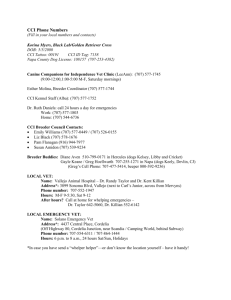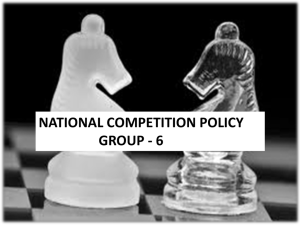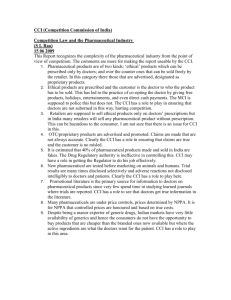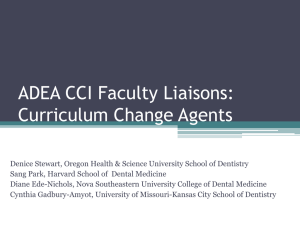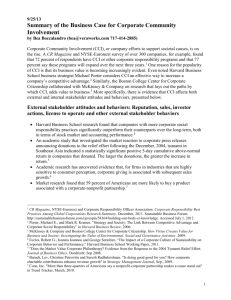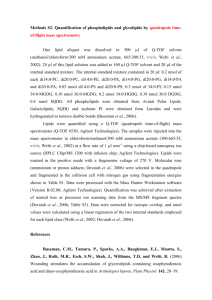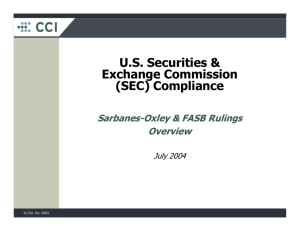AHCC
advertisement
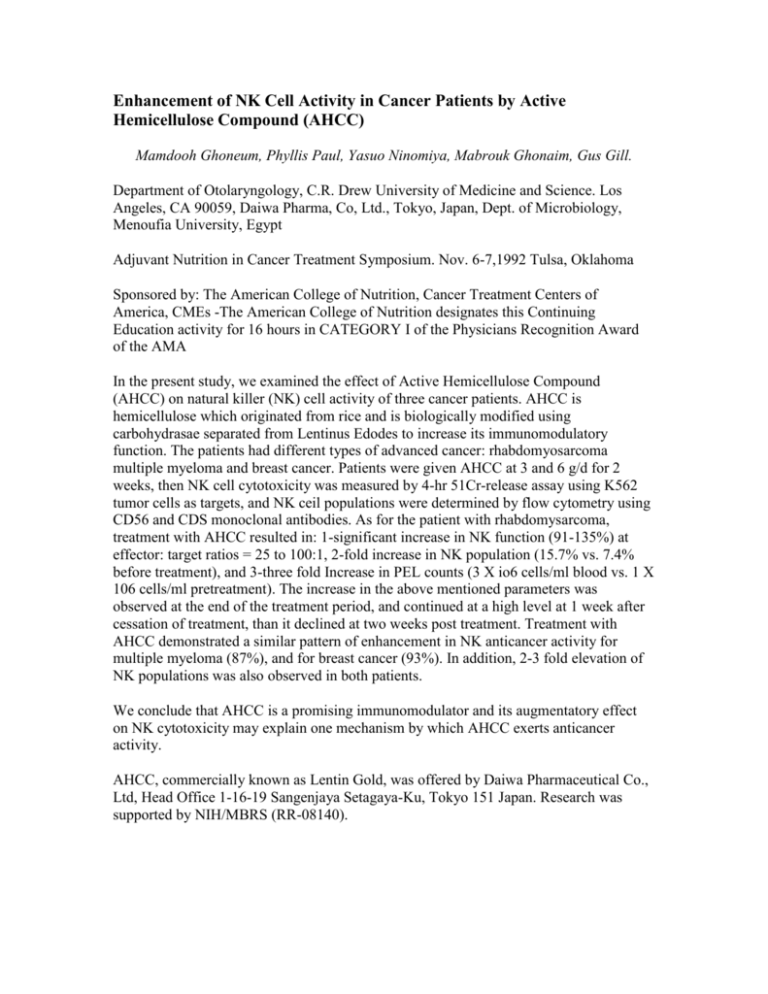
Enhancement of NK Cell Activity in Cancer Patients by Active Hemicellulose Compound (AHCC) Mamdooh Ghoneum, Phyllis Paul, Yasuo Ninomiya, Mabrouk Ghonaim, Gus Gill. Department of Otolaryngology, C.R. Drew University of Medicine and Science. Los Angeles, CA 90059, Daiwa Pharma, Co, Ltd., Tokyo, Japan, Dept. of Microbiology, Menoufia University, Egypt Adjuvant Nutrition in Cancer Treatment Symposium. Nov. 6-7,1992 Tulsa, Oklahoma Sponsored by: The American College of Nutrition, Cancer Treatment Centers of America, CMEs -The American College of Nutrition designates this Continuing Education activity for 16 hours in CATEGORY I of the Physicians Recognition Award of the AMA In the present study, we examined the effect of Active Hemicellulose Compound (AHCC) on natural killer (NK) cell activity of three cancer patients. AHCC is hemicellulose which originated from rice and is biologically modified using carbohydrasae separated from Lentinus Edodes to increase its immunomodulatory function. The patients had different types of advanced cancer: rhabdomyosarcoma multiple myeloma and breast cancer. Patients were given AHCC at 3 and 6 g/d for 2 weeks, then NK cell cytotoxicity was measured by 4-hr 51Cr-release assay using K562 tumor cells as targets, and NK ceil populations were determined by flow cytometry using CD56 and CDS monoclonal antibodies. As for the patient with rhabdomysarcoma, treatment with AHCC resulted in: 1-significant increase in NK function (91-135%) at effector: target ratios = 25 to 100:1, 2-fold increase in NK population (15.7% vs. 7.4% before treatment), and 3-three fold Increase in PEL counts (3 X io6 cells/ml blood vs. 1 X 106 cells/ml pretreatment). The increase in the above mentioned parameters was observed at the end of the treatment period, and continued at a high level at 1 week after cessation of treatment, than it declined at two weeks post treatment. Treatment with AHCC demonstrated a similar pattern of enhancement in NK anticancer activity for multiple myeloma (87%), and for breast cancer (93%). In addition, 2-3 fold elevation of NK populations was also observed in both patients. We conclude that AHCC is a promising immunomodulator and its augmentatory effect on NK cytotoxicity may explain one mechanism by which AHCC exerts anticancer activity. AHCC, commercially known as Lentin Gold, was offered by Daiwa Pharmaceutical Co., Ltd, Head Office 1-16-19 Sangenjaya Setagaya-Ku, Tokyo 151 Japan. Research was supported by NIH/MBRS (RR-08140). Figure 1: Changes of levels of LPO from CCI, or AHCC. Treated Hepatic Microsomes in Mice Values represent mean ±SD of 4-5 mice per group and are shown as percent changes compared with control. The value of the control (mean ±SD) is 131.94 ± 21.53 nmol/mg.protein. *Significantly different from untreated group at p<0.05. ^Significantly different from CCI treated group at p<0.05. Figure 2: Changes of Contents of Cytochrome. P450 Activities of ERDM. AHH and BROD from CCI, or AHCC. Treated Hepatic Microsomes in Mice Values represent mean ±SD of 4-5 mice per group and are shown as percent changes compared with control. The values of the control (mean ±SD) are ERDM: 1.82 ± 0.17. AHH: 6.4 ±1.93, BROD: 0 nmol/min/mg.protein. *Significantly different from untreated group at p<0.05. ^Significantly different from CCI treated group at p<0.05. Figure 3: Changes of Activities of GST and UDP-GT from CCI or AHCC. Treated Hepatic Microsomes in Mice Values represent mean ±SD of 4-5 mice per group and are shown as percent changes compared with control. The values of the control (mean ±SD) are GST: 102.13 ± 5.18 nmol/min/mg UDP-GT: 18.14 ± 1.25 nmol/min/mg.protein. *Significantly different from untreated group at p<0.05. ^Significantly different from CCI treated group at p<0.05.

